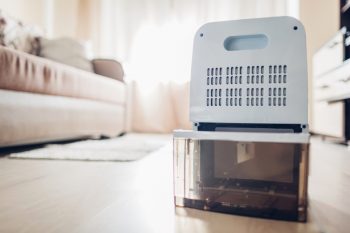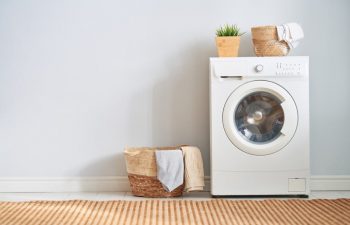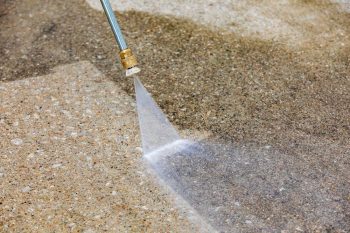
Did you ever wonder how to monitor refrigerator temperature? Well, wonder no more. Even if you have been using it for years, it is good to know if it is too hot or cold.
With so many different refrigerators on the market, it isn’t easy to keep track of how your refrigerator is doing at any given time if you want to monitor the temperature of the refrigerator.
Here are some great ways you can do it.
- Use a thermostat.
- Use a Smartphone Fridge Thermometer.
- Use your sense of touch.
- Use of digital scale.
- Use of digital meat thermometer.
- Check for Ice.
- Check the temperature of your food.
Keeping your refrigerator at the right temperature is important for food safety and to prevent bacterial growth and other unpleasant smells.
Is your refrigerator getting too warm? Is it too cold? This can cause a host of issues, but not all at once. This article shows ten ways to monitor refrigerator temperature properly.
How To Monitor Refrigerator Temperature
Many people do not know how to monitor refrigerator temperature or what to look for.
However, it is not difficult to learn how to monitor refrigerator temperature; all you need is adequate knowledge of this particular topic.
Here are the ten ways to properly monitor refrigerator temperature:
1. Use a Thermometer
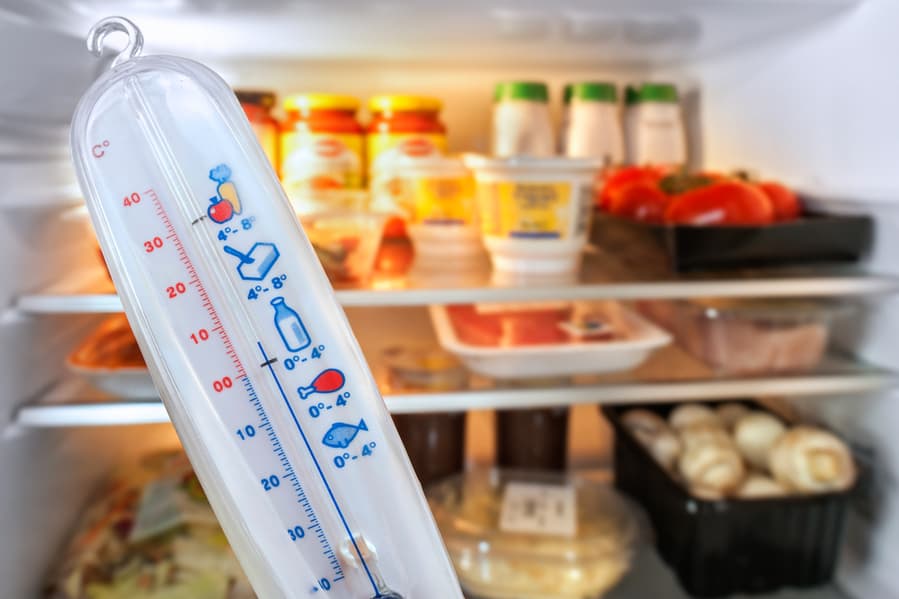
A thermometer is the easiest way to monitor the temperature in your refrigerator. They’re inexpensive and easy to find, and there are various types.
You’ll need something that can withstand being in the freezer or on the countertop while being used as a thermometer. A digital thermometer is the best because it can be read from across the room without any problem.
The thermometer should be placed in the center of your refrigerator, facing the door. It should be directly above the temperature setting and should be set to display temperatures between 32F and 40F.
The most common type is a liquid-filled thermometer inside the fridge, usually near the ice maker.
It is easy to see when you open the door whether it is at or below freezing, which is how you know when to turn on your ice maker if it hasn’t been turned on.
2. Use a Thermostat
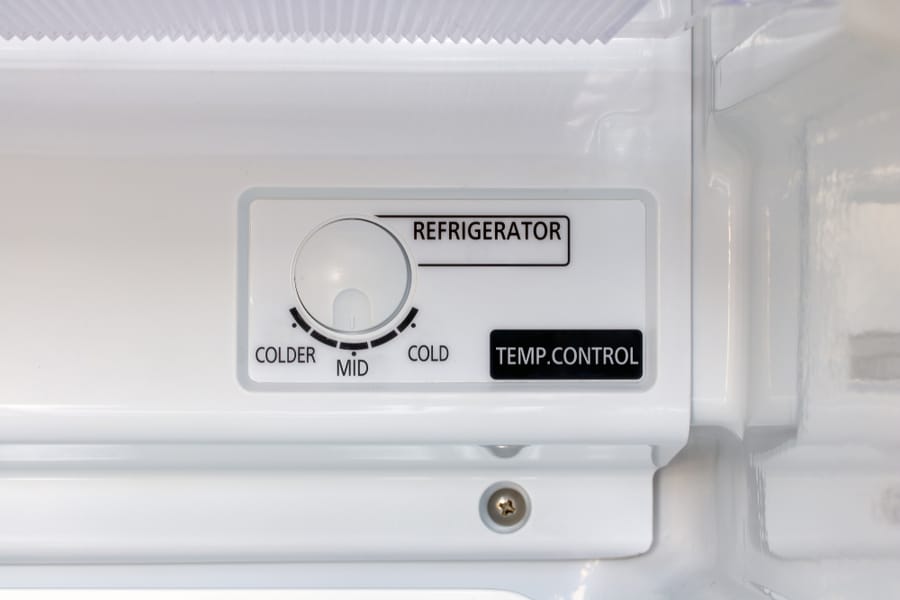
You can easily use a thermostat to monitor the refrigerator temperature. A thermostat is a simple, inexpensive appliance that monitors the temperature inside your refrigerator and turns on the compressor when necessary.
It can keep your refrigerator running at the same temperature daily without doing anything manually.
You want to ensure the temperature is at least 35 degrees Fahrenheit, ideally no higher than 40 degrees. If you have a range of temperatures, set it to between 35 and 40 degrees Fahrenheit.
That way, you’ll know when something needs to be added or removed from your refrigerator so that it stays at a reasonable temperature most of the time.
3. Check for Condensation
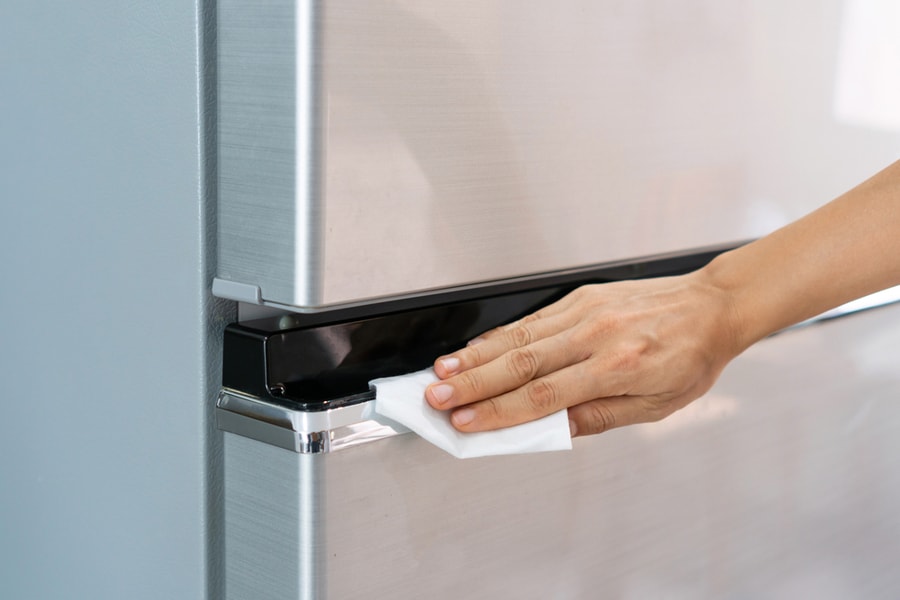
It is possible to track how much water is being lost through condensation by checking for any signs of water droplets on the walls and ceiling of your freezer.
You can also set up a system to check these areas after each use or occasionally during a defrost cycle.
This will help you determine whether there is any damage caused by condensation, which could be prevented with some simple changes to your freezer design.
If there is condensation, there is moisture in your freezer, and it needs to be removed immediately. You can run humid air through your freezer for about 20 minutes or until all the moisture has evaporated.
It is also best to wipe down the walls and ceiling with a clean cloth or paper towel to remove any excess moisture before placing food inside.
4. Use a Smartphone App

If you have a great Smartphone and want to monitor the temperature in your refrigerator, several apps can help. One good option is the Fridge Thermometer App.
The app is free to download and easy to use:
- Open the app, tap “Refrigerator,” then tap on the icon for your refrigerator. You should see a list of temperatures for each shelf inside the fridge.
- Tap on a shelf’s number to view its temperature. If you want a chart showing how hot or cold certain items are stored, tap on that item’s number and select “Chart.”
The app displays the temperature in Fahrenheit with an optional Celsius conversion button and an alarm function that will alert you when the temperature exceeds a certain level.
You can also set up alerts for when the door opens or closes so that if someone enters the kitchen and opens their fridge, you will get an immediate notification telling them something’s wrong.
5. Check the Temperature With Your Sense of Touch
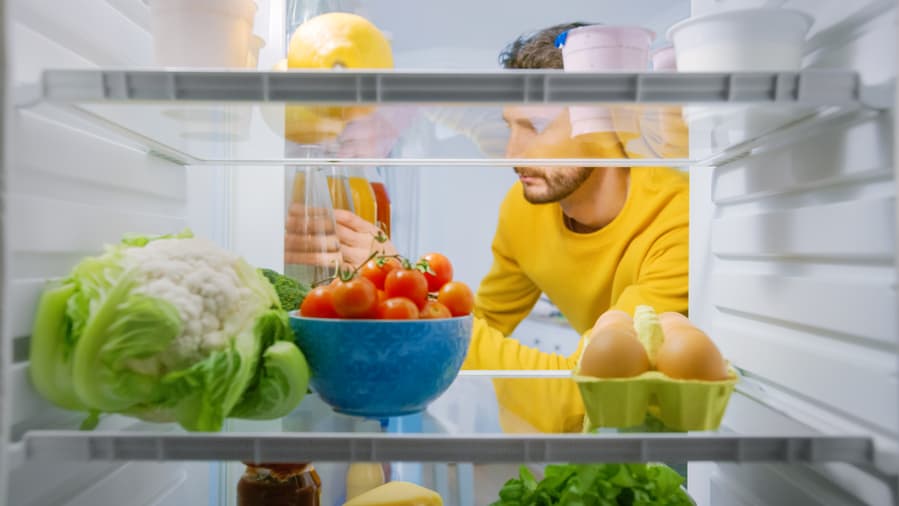
If you have a thermometer, it’s easy. But if you don’t have a thermometer, it can be tricky. Most people will use a sense of touch regarding temperature checks, and you’ll be able to feel the difference between warm and cold or hot and warm.
Here is how to check the temperature with your sense of touch:
- First, open the door of your refrigerator.
- Next, place your hand in front of the cold air from the door and close it slowly until it stops.
- If you feel warm air coming on, the temperature is too high; if not, it’s too low.
If your fridge is not as self-monitoring as most new refrigerators, you’ll need to take matters into your own hands.
6. Check for Ice in the Freezer
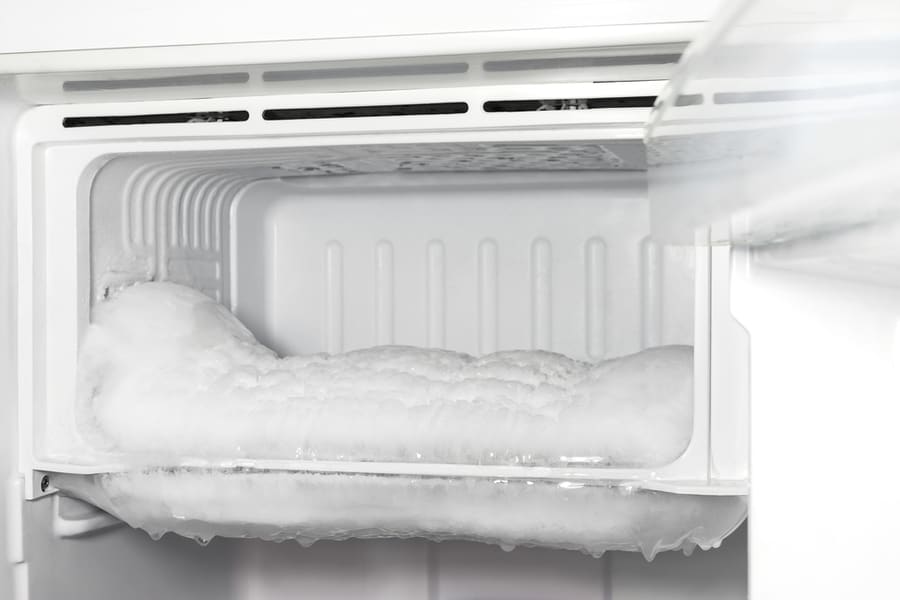
The freezer is the most important place to monitor and control the temperature in your house. If you don’t use it properly, you’ll pay for it in higher utility costs and possibly lose food.
Check the food storage bins if your refrigerator is set to defrost and you don’t see ice in the freezer. The room’s temperature will affect how quickly they freeze; if they’re cold enough, they may not be frozen.
If they are frozen and still have a lot of unthawed meat or ice cream, turn off the refrigerator and let it stay for 30 minutes before checking again.
If your freezer is full of ice, take some out and put it in another container so you can see how long it takes for the rest of your food to thaw out. The time will vary depending on how much food is in there and if there’s anything else that might keep it cold.
If you see ice floating in your freezer, it indicates that the temperature is too high for safe protection.
Turn off the power immediately and open all doors on your freezer with frost, including all doors that lead outside or into other rooms where people might get near.
7. Digital Meat Thermometer

These gadgets accurately measure the internal temperatures of cooked meats, poultry, and fish. They’re also great for checking the temperature of other foods like eggs and cheese.
Most digital meat thermometers have a probe in the center of your food item. Digital meat thermometers come in many styles, from handheld models to those with built-in timers.
But they all do the same thing: show you the temperature of your food so you can watch it in the refrigerator.
8. Use a Digital Food Scale
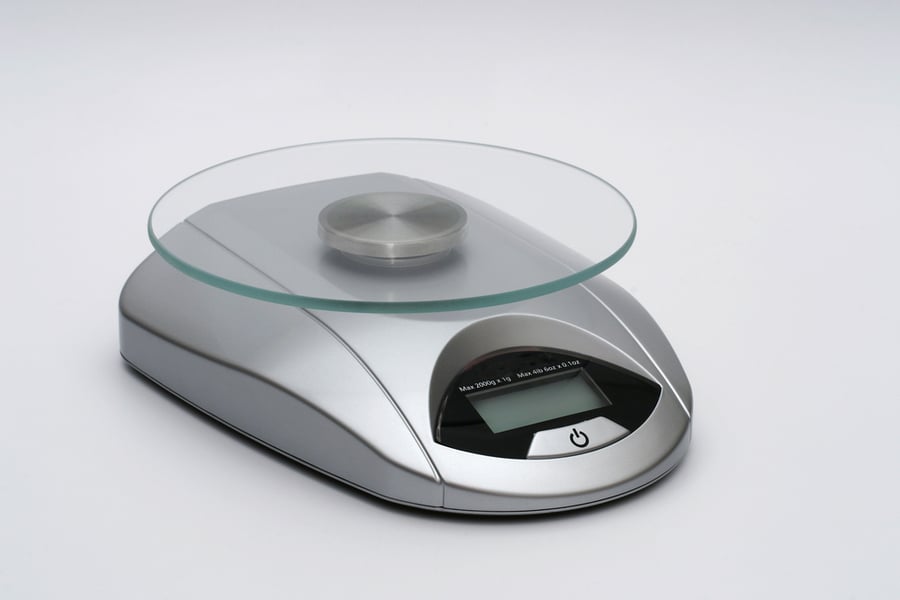
A food scale is the best way to monitor changes in the amount of food you eat. You can purchase one online or at a local store if you don’t have one.
A digital food scale is accurate and easy to use, but it also requires batteries which may not be included with your purchase.
Digital scales are more accurate than traditional ones because they measure less than one-tenth of an inch and can display weight in grams instead of ounces or pounds.
They also have features like automatic shutoff and low battery warning lights, so you don’t forget to turn off your scale when you’re not using it or lose power during use.
9. Check the Temperature of the Food

This is by far the most obvious way to monitor the temperature of your refrigerator.
The temperature inside the refrigerator should be about 40 Degrees Fahrenheit, indicating that some of your food is going bad or rotting inside your refrigerator.
Open the door, and check the temperature of the food in there. If it’s too cold, open more doors and ensure they’re not creating a draft allowing cold air to come in from somewhere else.
10. Using a Probe Thermometer

A probe thermometer is a great way to monitor refrigerator temperature, and they are accurate, easy to use, and inexpensive. You can purchase a probe thermometer from your local hardware store or online.
Probe thermometers come in two main types: the digital type that records the temperature on a digital display and the analog type that shows the actual temperature using a dial gauge.
The analog model is cheaper than the digital model but has no extra features like alarms or timers.
Before using them in your fridge, you’ll need to calibrate the probe thermometers. However, this is easy if you have electronics or gardening experience.
Conclusion
When it comes to a refrigerator, the inside temperature is a critical factor. Since you don’t want ice to melt and your food to spoil due to temperature fluctuations, it is important to know how to monitor the temperature inside your refrigerator.
Learning how to monitor refrigerator temperature can be incredibly beneficial. If you haven’t been aware of this resource, it’s relatively easy to do.
With a little manual effort, you’ll be able to find out what is falling within the acceptable temperature ranges for refrigeration.
With a little help from your mobile app, you can easily monitor the temperature of your fridge. You can also use a thermometer or a thermostat.
Frequently Asked Questions
What Is the Very Best Way To Monitor the Fridge Temperature?
The best way to monitor your fridge temperature is with a thermometer. Thermometers are a great way to check your refrigerator’s temperature and ensure it is at an ideal level.
They also allow you to see how much energy you’re using, which will help you determine if you need to adjust your settings.
How Do I Check if My Fridge Is Cold Enough?
If you want to know if your fridge is cold enough, you can check the temperature by opening the door and seeing how long it takes for the cold air to come out.
If your fridge is at 38 degrees Fahrenheit, and you open the door and immediately close it, you’ll see that inside your fridge is still at 38 degrees Fahrenheit within 5 seconds.
If it’s not, then your fridge probably isn’t cold enough.





